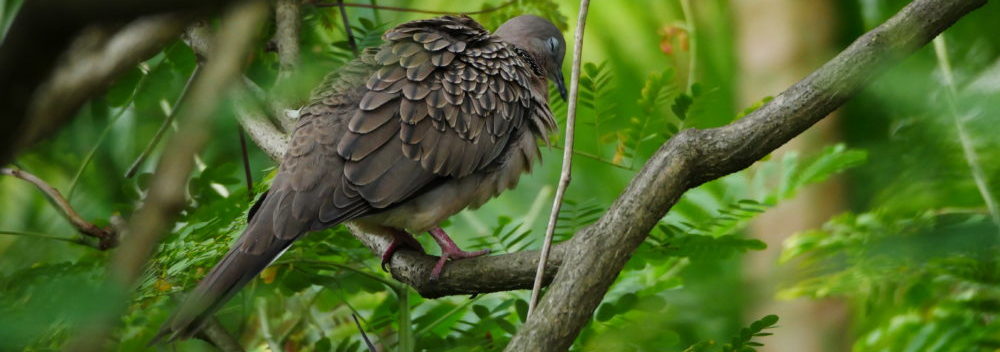In the planting season when the padi fields are left to fallow before they are flooded and the new saplings planted, the Balinese ducks get to partake of the fallen grains, when the stalks of rice are cut and the grains threshed and winnowed by hand. The rice stalks themselves, once de-grained, get fed to the Balinese cows.
This cycle of life, when none of the plants from the rice harvest and its environs are left to waste, typifies the lush and green rural landscape dotted by small family farms that have tilled the land for generations. Here, amidst the rain clouds that threaten to descend upon the wet and abundant fields, the gush of communal irrigation canals shares water from the Balinese highlands and Mount Batur to each village community according to its needs (Subak).

There are winds of change affecting the rice terraces of Bali, its ageless picturesque images that have made generations of visitors revel in the pastoral ambiance and serenity of these fields, not in the least are the proliferation of ‘3-months’ harvest’ genetically modified rice, the conversion of farms into home-stays, and the changing face of the weather and its gifts of rain, sun and flora. How these trends will affect the future of this island paradise remains very much a question that balances development with tradition, and opportunities with equity.
(Lumix G85 and GM1; Lumix 20 mm and 12-60 mm lenses, Dec 2018)






